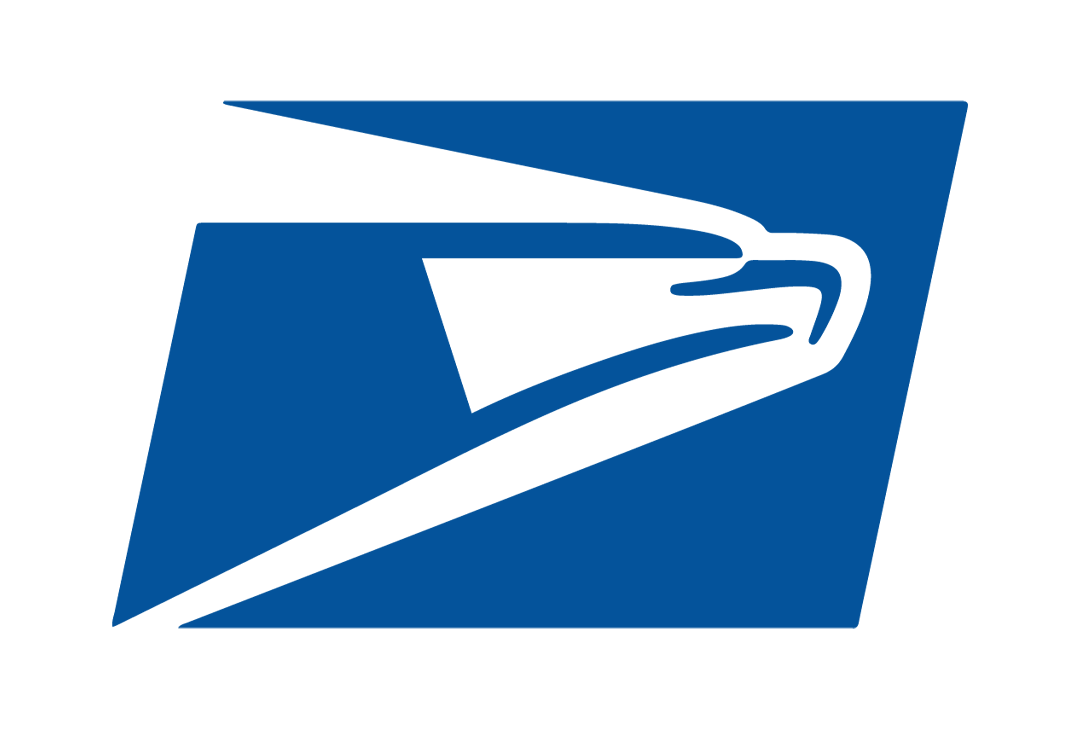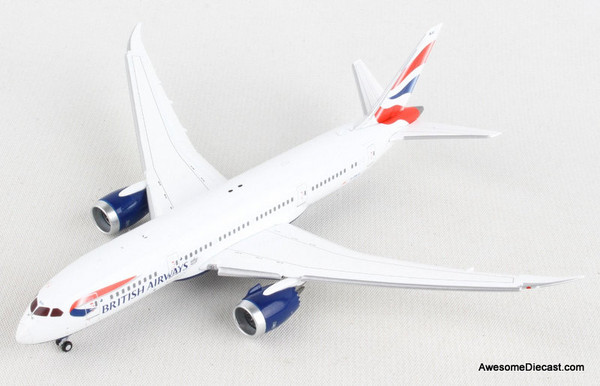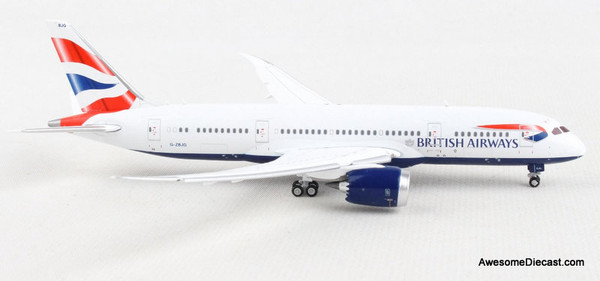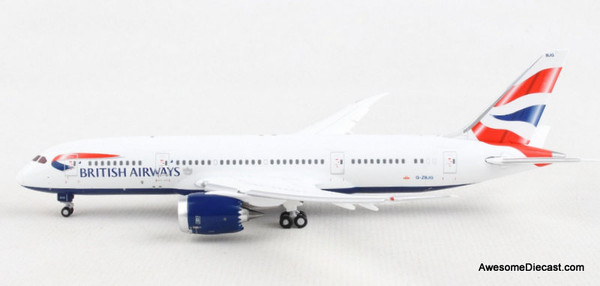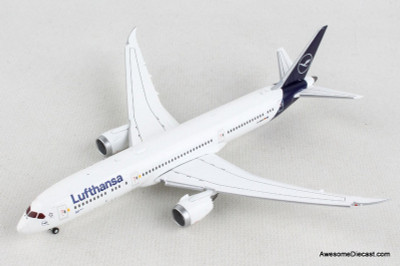The Boeing 787 Dreamliner is a wide-body airliner manufactured by Boeing Commercial Airplanes. After dropping its Sonic Cruiser project, Boeing announced the conventional 7E7 on January 29, 2003, focused on efficiency. The program was launched on April 26, 2004, with an order for 50 from All Nippon Airways (ANA), targeting a 2008 introduction. On July 8, 2007, the prototype was rolled-out without major systems, and experienced multiple delays until its maiden flight on December 15, 2009. Type certification was received in August 2011 and the first 787-8 was delivered in September 2011 before entering commercial service on October 26, 2011, with ANA.
At launch, Boeing targeted 20% less fuel burn than replaced aircraft like the Boeing 767, carrying 200 to 300 passengers on point-to-point routes up to 8,500 nmi (16,000 km), a shift from hub-and-spoke travel. Powered by twin General Electric GEnx or Rolls-Royce Trent 1000 high-bypass turbofans, it is the first airliner with an airframe primarily made of composite materials, and makes extensive use of electrical systems. Externally, it is recognizable by its four-window cockpit, raked wingtips, and noise-reducing chevrons on its engine nacelles. Development and production rely increasingly on subcontractors around the world, with final assembly at the Boeing Everett Factory in Washington or Boeing South Carolina in North Charleston.
The initial, 186 ft (57 m) long 787-8 typically seats 242 passengers over a range of 7,355 nmi (13,620 km), with a 502,500 lb (228 t) MTOW compared to 560,000 lb (254 t) for later variants. The stretched 787-9, 206 ft (63 m) long, can fly 7,635 nmi (14,140 km) with 290 passengers; it entered service on August 7, 2014, with ANA. The further stretched 787-10, 224 ft (68 m) long, seating 330 over 6,430 nmi (11,910 km), entered service with Singapore Airlines on April 3, 2018.
Early operations encountered several problems caused by its lithium-ion batteries, culminating in fires on board. In January 2013, the US FAA grounded all 787s until a revised battery design was approved in April 2013. As of October 2019, the 787 had orders for 1,455 aircraft from 72 identified customers. Due to ballooning production costs, Boeing has spent $32 billion on the program; estimates for the number of aircraft sales needed to break even vary between 1,300 and 2,000.
With a typical capacity of 242 passengers and a range of 7,355 nautical miles (13,621 km; 8,464 mi), the -8 is the base model of the 787 family and was the first to enter service in 2011. The 787-8 is targeted to replace the Boeing 767-200ER and -300ER, as well as expand into new non-stop markets where larger planes would not be economically viable. As of October 2019, approximately 29% of 787 orders are for the 787-8 with 366 delivered. In 2018, Boeing said it would change the -8 manufacturing to raise its commonality with the -9 above the current 30% to be more like the 95% commonality between the -9 and -10, as it will benefit from learning from those. When it was launched, a new B787-8 was to cost only slightly more than the B767-300ER, valued new for $85 million at its 1990s peak, but it ended being 20% more costly.

